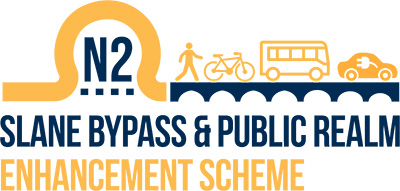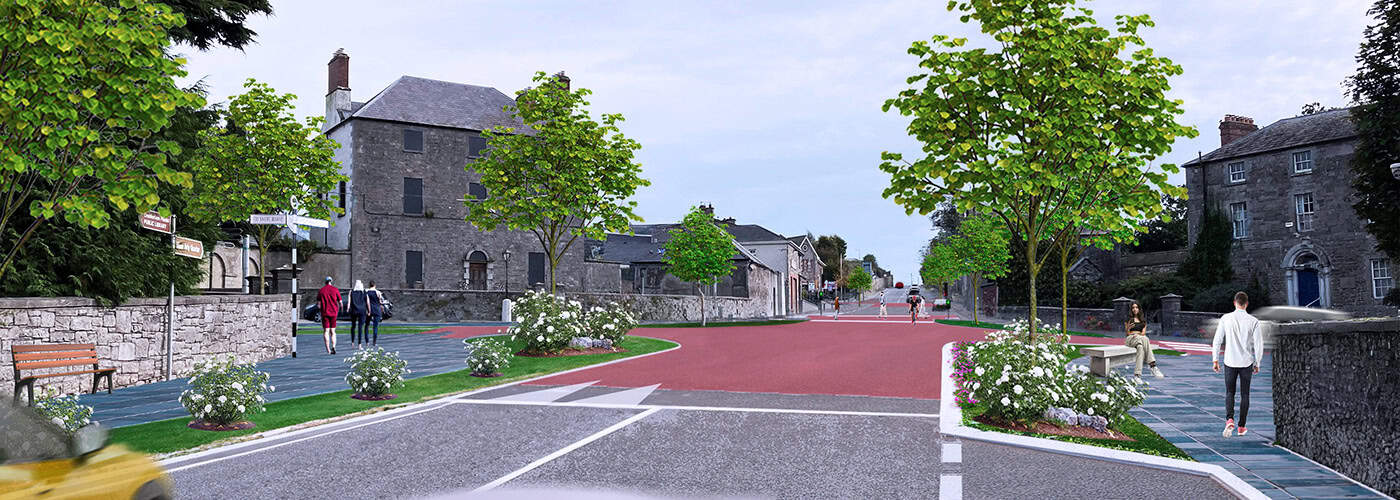
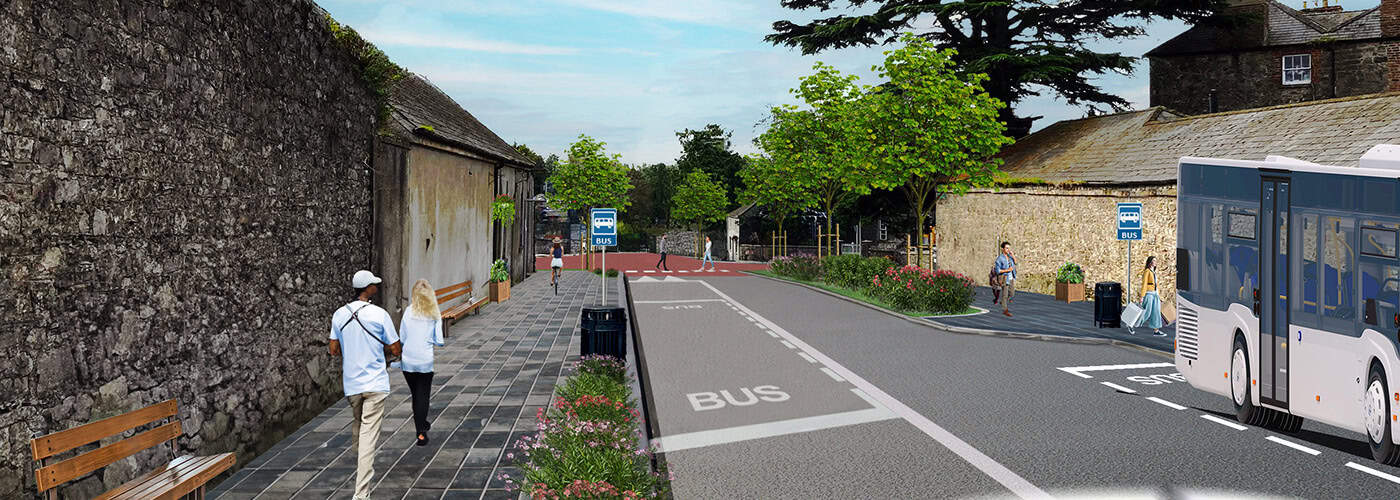
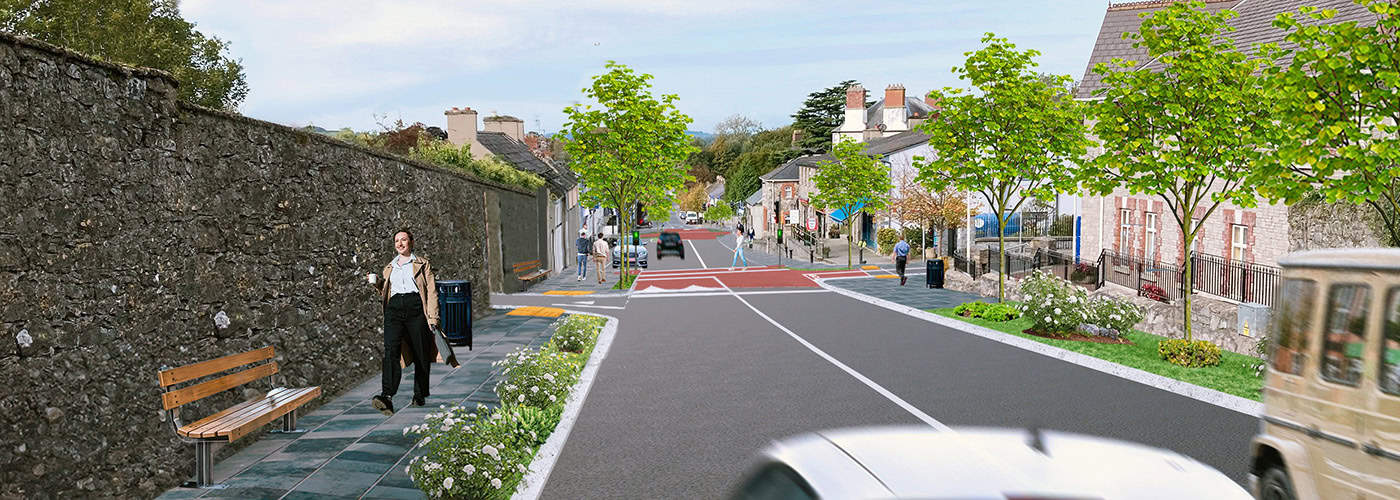
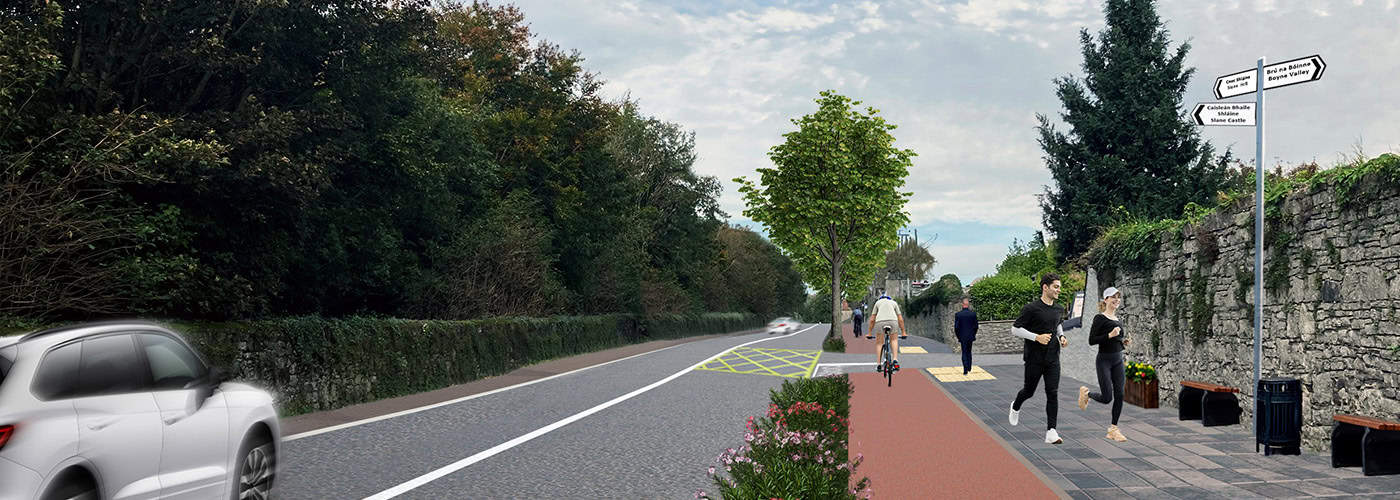
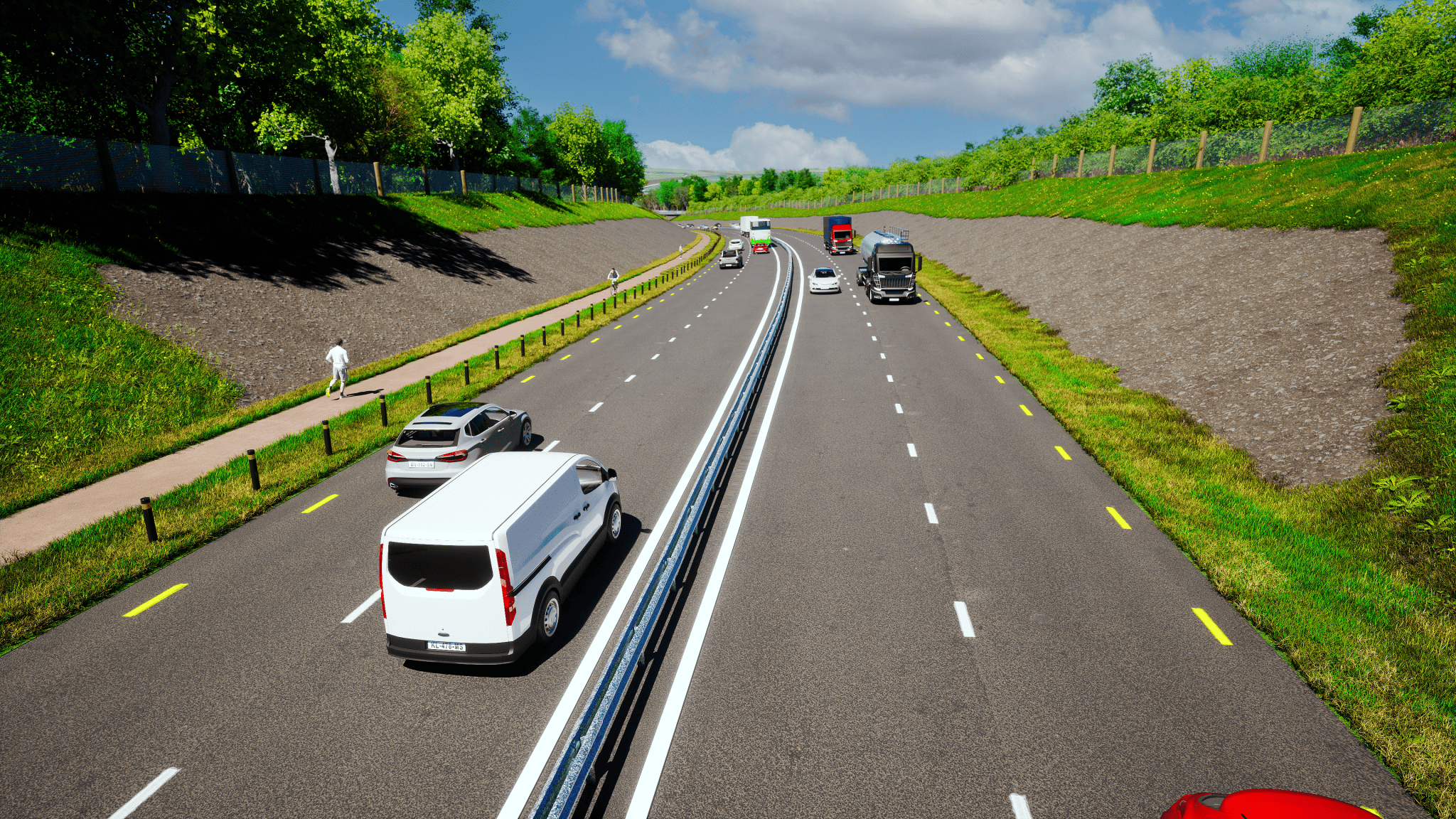


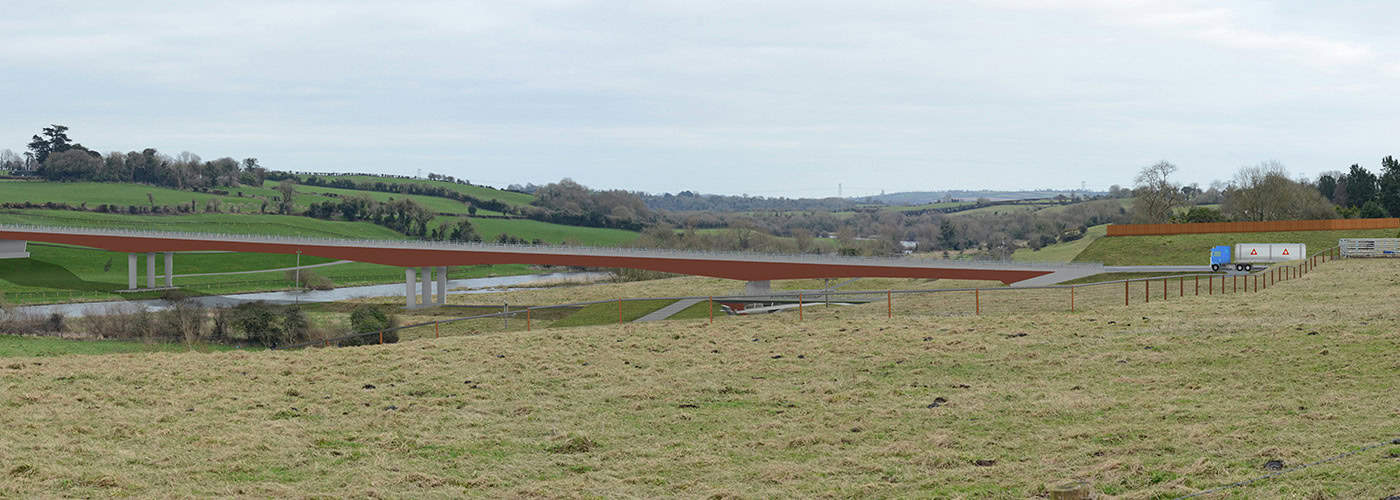

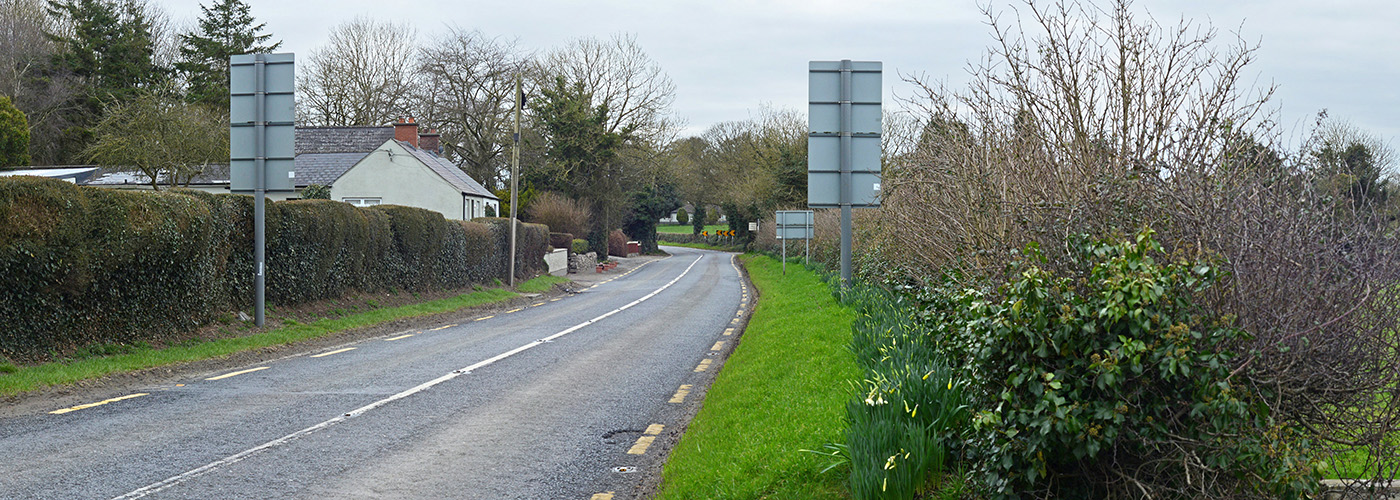

Frequently Asked Questions
Anyone who wishes to make a formal submission may do so at any time during the display period to An Bord Pleanála (ABP). Advertisements with respect to the application for approval will provide details of closing dates for submissions.
The holding of an Oral Hearing for the scheme will be at the discretion of ABP. After the Oral Hearing, ABP must consider the report and any recommendations of the Inspector holding the oral hearing.
Subject to the receipt of planning permission and project stage approvals, the next phases of project development will include compiling tender documentation to allow for the procurement of contractors to undertake the enabling works and the main construction works.
The project is referenced in a number of policy documents including but not limited to Project Ireland 2040 National Planning Framework and Project Ireland 2040 National Development Plan. However the advancement of the project is subject to statutory approvals and ongoing funding.
The N2 Slane Bypass and Public Realm Enhancement Scheme is located within an environmentally sensitive environment.
Environmental Impact Assessment (EIA) is a process for anticipating the effects on the environment caused by a development, noting that the environment includes people, communities, property, human health, heritage, archaeology, landscape and visual, noise and air, as well as those topics usually associated with it such as biodiversity, soils and water. Details of this environmental assessment are documented in the Environmental Impact Assessment Report (EIAR).
A Natura Impact Statement (NIS), which also forms part of the application for approval to An Bord Pleanála (ABP), comprises a report of the scientific examination of evidence and data to determine whether the Proposed Scheme will result in any adverse effects on the integrity of European sites in view of best scientific knowledge and the conservation objectives of the sites. The NIS for the N2 Slane Bypass and Public Realm Enhancement Scheme concluded that: “… the Proposed Scheme will not result in direct, indirect or cumulative impacts which would have the potential to adversely affect the qualifying interests/special conservation interests of the Natura 2000 sites within the study area.”
All necessary precautions and mitigation measures to reduce the potential impacts of construction activities on the environment shall be implemented during the construction phase.
The N2 Slane Bypass and Public Realm Enhancement Scheme is located within an environmentally sensitive environment. A Heritage Impact Assessment (HIA) on the Brú na Bóinne World Heritage Site (WHS) was also undertaken as part of the EIAR. The World Heritage Expert for the scheme applied the approach recommended by UNESCO in its impact assessment guidance, and the result of the HIA is that the residual operational impact on Outstanding Universal Value of the WHS is considered to be a change of negligible magnitude and minor significance. All necessary precautions and mitigation measures to reduce the potential impacts of construction activities on the environment shall be implemented during the construction phase.
It is estimated that the overall construction period will be approximately 36 months. Construction methods employed shall be carried out in compliance with all relevant legislation and best practice standards and guidelines. Construction impacts are generally of a short-term duration over the construction period and are often localised. Throughout the design process, a number of measures were employed to help offset the impact of the Proposed Scheme. These included the detailing of the construction methodologies to construct the bridge, including significant temporary works design and measures necessary to control run-off during construction to ensure that sediment laden run-off does not have a pathway to the River Boyne. All necessary precautions and mitigation measures to reduce the potential impacts of construction activities on the environment shall be implemented during the construction phase.
Latest News
An Bord Pleanála CPO Oral Hearing 3rd April 2025
Click Here for Information
An Additional Information request has been received from An Bord Pleanála.
Click here to view the latest Planning Documents.
